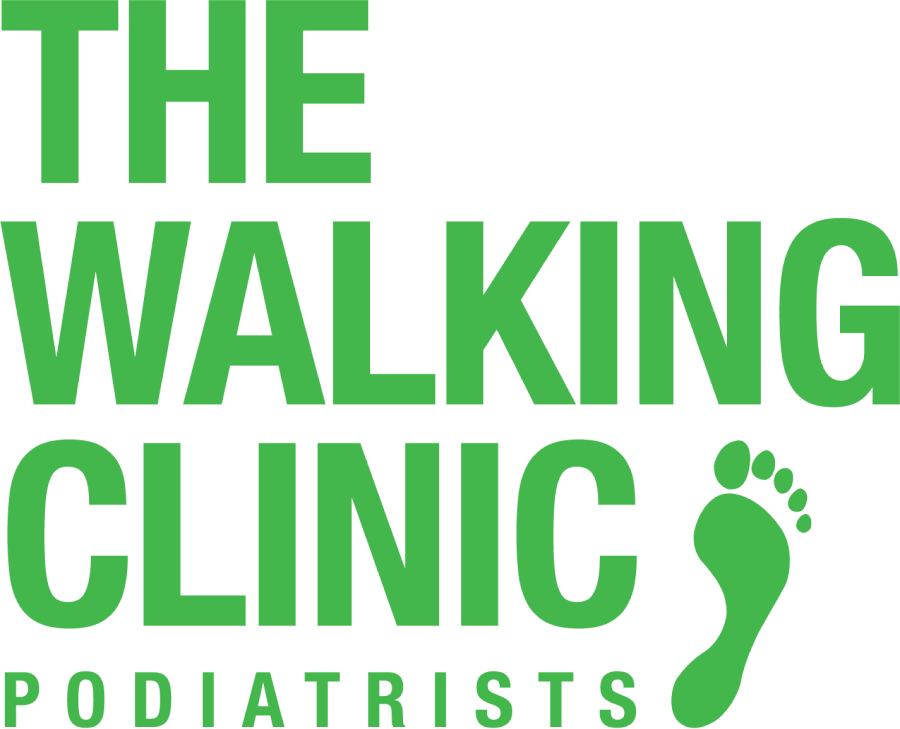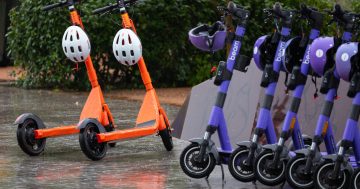
Beam e-scooters at Ainslie Place in Civic. They can end far and wide and not so neatly parked. Photo: Photox – Canberra Photography Services.
It’s time for ACT Government to take another look at the e-scooter hire scheme as the brightly coloured devices litter the landscape, rider injuries mount and the hazards they create on shared paths become more apparent.
There are 1500 trackable scooters available in Belconnen and central Canberra from two companies, Beam and Neuron, which employ teams to collect abandoned machines.
They obviously have their work cut out, with scooters turning up in more places than just beside or on paths. Fishing them out of Lake Burley Griffin and Lake Ginninderra is a priority, but they have also been seen on Parkways, other odd spots, and in suburbs outside of their supposedly geo-fenced zones.
Those left on shared paths are obviously a safety hazard to cyclists and other wheeled users such as those with a disability.
Many riders themselves have failed to come to grips with the scooters, which have a top speed of 25 km/h, with 60 people presenting to emergency departments at Canberra and Calvary Hospitals with scooter-related injuries in the first few months since their introduction.
This follows the European experience where scooter injuries were rife after their take-up.
Then there are those who flout the road rules, including riding after a few drinks, failing to wear a helmet, or are just plain inconsiderate.
The scooters are supposed to provide a cheap, environmentally friendly way for people to get around, particularly visitors, and some Canberrans have bought their own for commuting but the large number strewn haphazardly around the city and the safety issues raised require a second look.
The government needs to find a way, though carrot or stick, for riders not to be so careless about what they do with the scooters at journey’s end.
It also needs to evaluate whether adding scooters to the increasingly busy shared path network is viable.
Perhaps a reduction in speed limits from the top of 25 km/h on a shared or bike path, and the 15 km/h on a footpath would reduce the incidence of accidents and potential for collisions.
It may have to increase and impose penalties to hit the hip pocket of users as a deterrent.
All this goes against the spirit of what is supposed to be a fun experience that adds that seemingly all-important vibrancy to the city, at least that’s the pitch from providers.
But the bottom line is they are transportation vehicles using public spaces that need to be regulated so the city amenity is not an eyesore and ensure the wellbeing of citizens.
It’s not yet time to ban the things but to allow the current free-for-all to continue is not a goer.



















